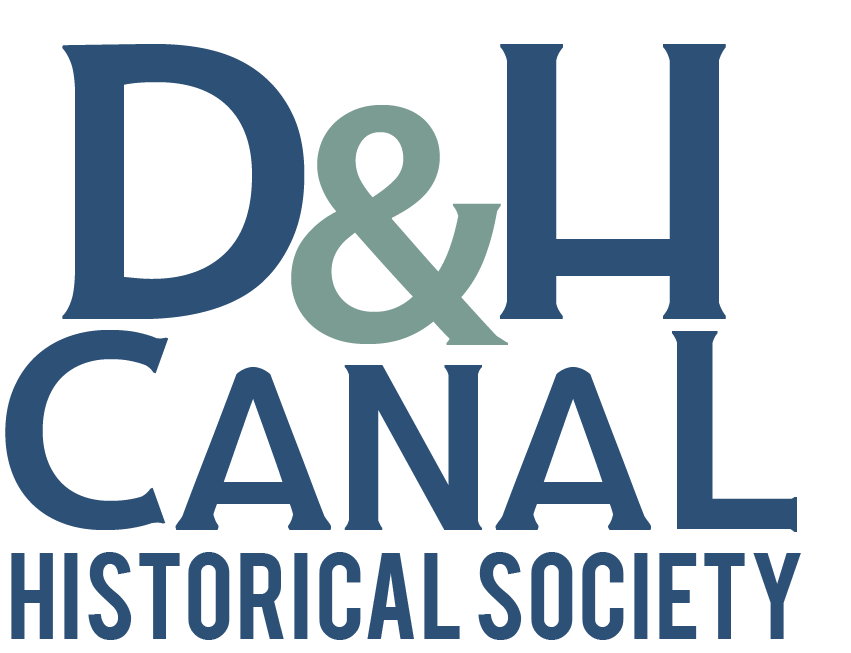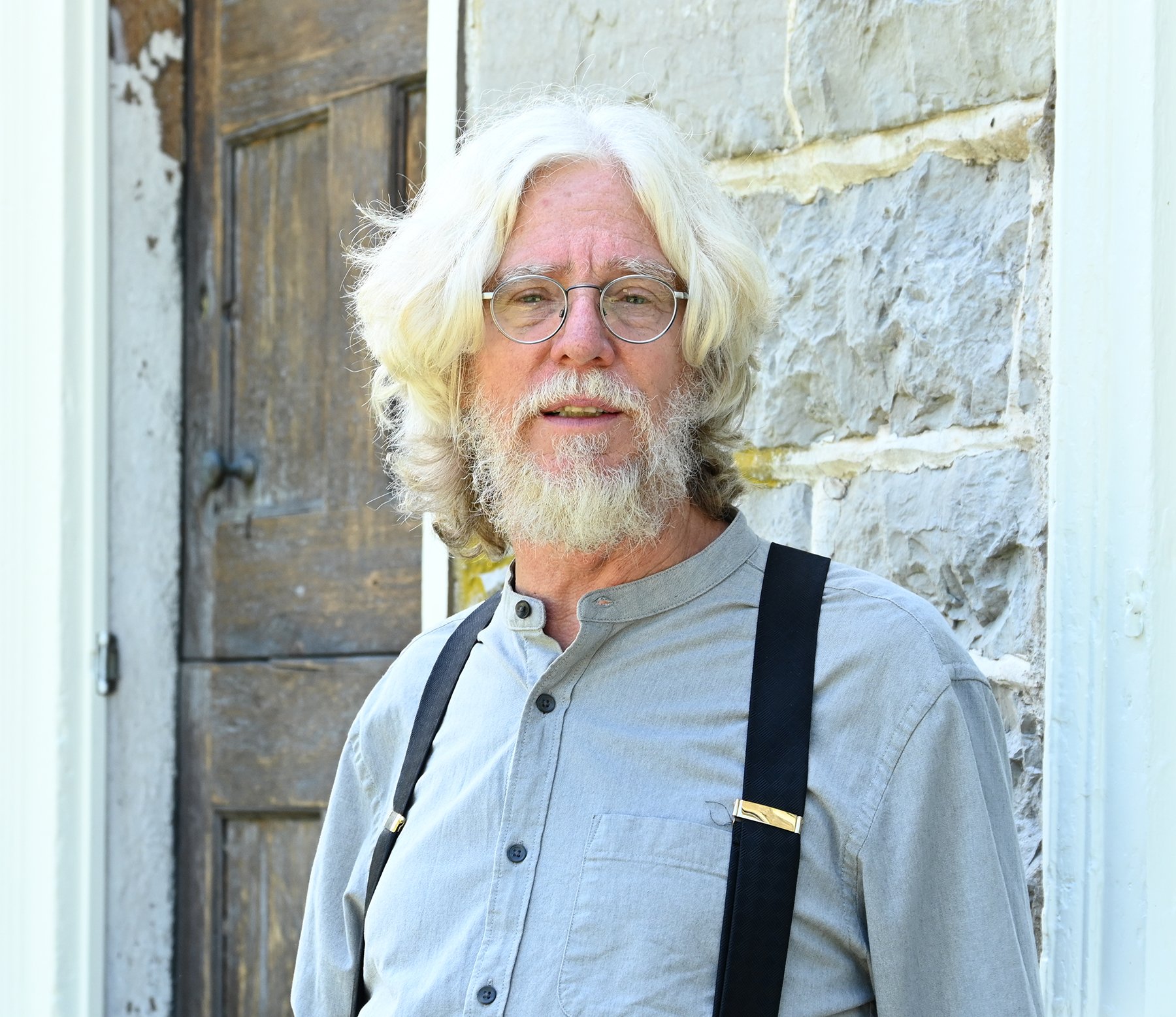High Falls Collector & Telegraph House Update
Last year, the D&H Canal Historical Society was fortunate enough to acquire the 1850 High Falls Toll Collector and Telegraph Office. It is adjacent to “new” Lock 15, just across route 213 from the DePuy Tavern. From an examination of its basements, it is clear that there is an initial structure that was subsequently added on to. So here is what appears to have occurred- In 1850, the Canal underwent its final enlargement, when it was rebuilt to accommodate longer and wider boats. In High Falls, this required rerouting for about 2 miles as there were locks so close together that the rerouting was necessary. This new route placed the Canal directly in front of the DePuy Tavern (it had been 50’ or so to the north of the building before that). But there were many businesses along that old route that still needed the Canal to transport their products. Some of them asked the D&H Canal Company to keep water in the old section closest to the falls so as to allow them to continue to transport their products on it. So the original Collector’s Office was built in 1850, as an office for the clerk collecting tolls from those users. The 1854 survey maps of the D&H Company denotes a collector’s office at that site corresponding to the approximately 20’ by 15’ original structure.
In 1862, the D&H ran a telegraph line on its entire towpath in NY. A smaller 10’ by 15’ section was added on the north side of the toll collector’s office in consequence. The two sections are connected on the first floor but the basements make it clear it is two sections. When emptying the building recently, the inscription “WJ 1868” was discovered in two places in the basement of that north addition, making this the probable date that it was added. Presumably, it was cramped having both the toll collector and the telegraph operator in what had been sufficient for just the toll collector previously, and so an addition was appended to it six years later. The map of High Falls in the 1875 Beers atlas of Ulster County shows the building, a longer structure than seen in the company map, and denotes it as a Telegraph Office. An oral history about the D&H in the early 20th century in our collections said that the telegraph was only for the D&H, but research has determined that originally all the D&H telegraph offices were available to the general public. This may be the oldest extant telegraph office in America.
The acquisition of this historic structure has garnered a lot of attention in our local community. A retired local school teacher has offered to donate period telegraph keys to us, with the caveat that we let children interact with them. We have a c1887 D&H Canal Company telegraph key in our collections that will be on display in the new museum but shouldn’t be handled, so are looking forward to developing programs with these other keys that can teach children (and adults) about the very important and world-changing technology of the telegraph, which ushered in the modern era of immediate global communication. Prior to that, it would take weeks or months to communicate with anyone outside one’s immediate area. We also have a desk that was in the building and look forward to eventually bringing it back to its original home.
The Rondout Esopus Land Conservancy has generously granted us $12,500 to use towards the project of restoring this building. We are extremely grateful for their support. We are also fortunate that local resident Dick Stokes Sr. offered the use of his time, dumpsters, and heavy equipment to assist us, by clearing what had become a local eyesore. In four days, he had filled the dumpster multiple times with the trailer, van, and other detritus that had littered the site! We cannot thank him enough. The substantially cleared site enabled a volunteer crew to fill another dumpster with the contents of the building. Although we will need the volunteers and dumpster one more time to complete the task, it is empty enough that we could get Scan2Plan, which offers advanced measurement and BIM/CAD modeling services for the architecture, engineering and construction industries, in to digitally scan the entire building. Our thanks to our architect and High Falls resident Rick Alfandre for getting them to do this for us, and at a reduced rate. The scans they generate will enable Rick to easily complete plans for the restoration of this historic gem. Then we can start to get quotes for the restoration work that we can then use to obtain the funding required to finish this important project.
The scans indicate that the roof is still viable enough that it has kept the interior relatively dry, despite the fact that all the windows have been broken. The clapboard needs serious attention and a lot of the interior plaster needs restoration. There is a sill plate that will need to be replaced, too. And the roof will also need to be replaced sooner rather than later. We have our work cut out for us!
We are proud the Society is able to move this project along, with the help of community financial support and volunteer labor, despite the fact that our main focus is getting the new Museum and Mid-Hudson Visitor Center ready for opening day on June 18. There is never a dull moment!
Do you want to help? Your financial contributions, large and small, are vital to our continued success. If you want to volunteer your time or expertise, please email us at info@canalmuseum.org or call us at 845-687-2000. We welcome any and all assistance you can give us.
(Our thanks to our volunteers (L-R)- D&HCHS Trustee Dave Kime, Flynn O’Connor, D&CHS Trustees Steve Schneider and Matt Berlin, D&HCHS Handy Man Robert Becker and his daughter, Nicole, and D&HCHS Historian & Curator, Bill Merchant. Not pictured, Richard O. Stokes, Sr.)
Bill Merchant
Bill Merchant, Deputy Director for Collections, Historian & Curator for the D&H Canal Historical Society.


